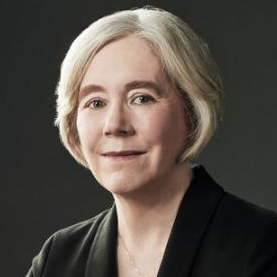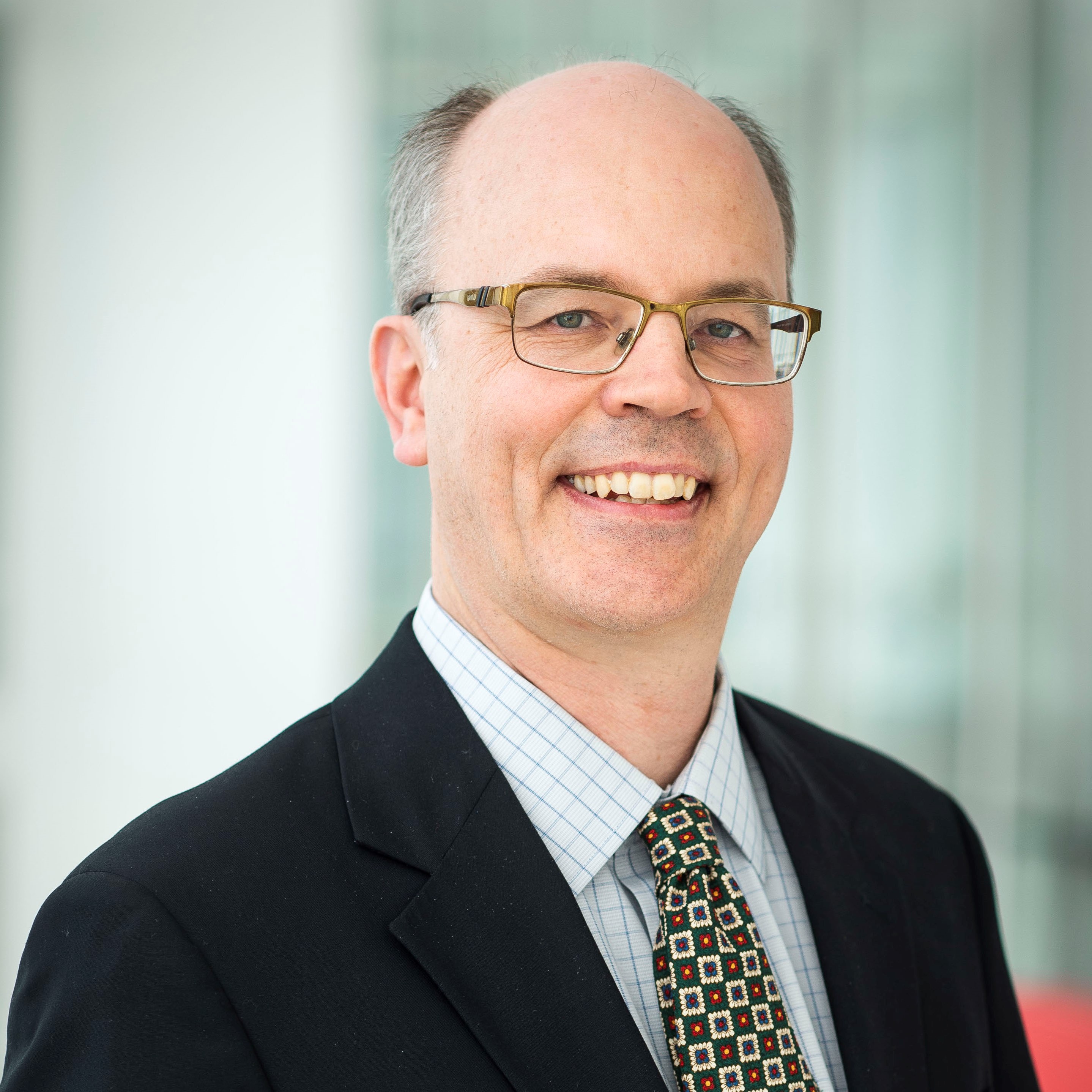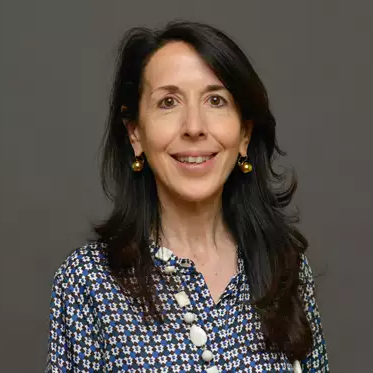Distinguished University Professor Ellen Williams Retires
- Details
- Category: Department News
- Published: Monday, January 22 2024 05:56
Ellen D. Williams, a Distinguished University Professor in the Department of Physics and the Institute for Physical Science and Technology at the University of Maryland and director of the university’s Earth System Science Interdisciplinary Center (ESSIC), retired on December 30, 2023, after 42 years at the university. Following her official retirement, Williams is now a research professor of physics and executive director of ESSIC’s Cooperative Institute for Satellite Earth System Studies (CISESS).
“Dr. Ellen D. Williams is an iconic figure at the University of Maryland. Not only was she a trailblazer as one of the first female full professors in physics, but she was a transformational scholar and leader,” said UMD President Darryll J. Pines. “Because of her scholarly excellence, she was recognized with the highest honor that the university bestows on its faculty, which is the title of Distinguished University Professor. I am deeply grateful for Dr. Williams' many contributions to the University of Maryland. I sincerely wish her well in her retirement!”
Williams came to UMD in 1981 for a postdoctoral fellowship and rose to the rank of professor by 1991. Ellen Williams
Ellen Williams
“I have had a wonderful career at the University of Maryland,” Williams said. “It has been my great pleasure to work with talented colleagues in interdisciplinary work that crossed both departmental and college lines. I am happy that I’ll be able to continue engaging with the university as I move into the next stage of my life.”
At Maryland, she established an internationally recognized research program in experimental surface science, exploring fundamental issues in statistical mechanics and nanotechnology. To accomplish this work, she pioneered the use of powerful scanning tunneling microscopy to quantify atomic scale order and disorder on the surface of materials such as silicon. In 1996, Williams founded the National Science Foundation-supported University of Maryland Materials Research Science and Engineering Center, serving as its director until 2009.
“Ellen Williams made fundamental contributions in applying statistical mechanics tools in surface science and nanotechnology,” said Steve Rolston, chair of UMD’s Department of Physics. “In addition, she has provided great insight and tireless effort to finding solutions to immense problems that threaten our entire planet.”
Within the Department of Physics, Williams also championed diversity in hiring and was active in the American Physical Society’s Committee on the Status of Women in Physics. In addition, she was an early proponent of the importance of computational tools in physics education. In 2004, she developed a Python-based course “Introduction to Programming for the Physical Sciences,” which subsequently became a required course in the undergraduate physics curriculum.
Williams has a distinguished history of professional service both within the university, including serving as chair of the University Senate, and externally. Her external service includes work on national security, including chairing the development of the National Academy of Sciences’ 2012 report on “Technical Issues Related to the Comprehensive Nuclear Test Ban Treaty” and providing extensive technical advice to the U.S. government, primarily through the Departments of Energy and Defense.
“Ellen Williams contributed immensely to the University of Maryland community and the global scientific community during her 42-year career here,” said Amitabh Varshney, dean of UMD’s College of Computer, Mathematical, and Natural Sciences (CMNS). “She has demonstrated distinction as an innovative scholar and teacher, valued mentor and colleague, and effective leader.”
Williams took a leave of absence from the university and served as the chief scientist for British Petroleum (BP) from 2010 to 2014, where her work included sustainability studies in collaborations including the Carbon Mitigation Initiative at Princeton University and the Energy Biosciences Institute at the University of California, Berkeley and the University of Illinois. In 2014, she was confirmed by the U.S. Senate as the director of the Advanced Research Projects Agency-Energy (ARPA-E). Williams led the agency in its mission to advance high-potential, high-impact clean energy technologies that are too early in development for private-sector investment. One of her goals while at ARPA-E was to establish a documentation process for research outcomes, so that every project, whether it succeeded or failed, would have a record of what worked or didn’t and a clear explanation of why to help guide future explorations in similar areas.
Williams returned to UMD in January 2017 and began work on bridging policy and technology perspectives for clean energy innovation. She established a graduate course to foster interactions between public policy students and students in the natural sciences and engineering called “Intersections of Technology and Policy in Modernizing the Energy System.” In 2018-19, she led a report to the State of Maryland on “The Present Status and Future Potential of Maryland’s Clean Energy Innovation System,” which was instrumental for continuing state support of the Maryland Energy Innovation Institute in UMD’s A. James Clark School of Engineering.
Most recently, in 2020, she accepted the role of ESSIC director. As the largest research center at UMD, ESSIC serves a unique role as a collaboration hub within the national Earth system science research community by linking research efforts in UMD’s Departments of Atmospheric and Oceanic Science, Geology, and Geographical Sciences with NASA and the National Oceanic and Atmospheric Administration (NOAA). Under Williams’ leadership, ESSIC was awarded a new five-year, $95 million cooperative agreement with NASA in 2022 to support research, teaching and career training in Earth system science. In 2023, Williams presented the mid-term review of ESSIC’s cooperative institute, CISESS, to a NOAA committee. This resulted in the highest ranking of outstanding and an endorsement for continuing CISESS.
In 2023, a team led by Williams of researchers from ESSIC and the Departments of Atmospheric and Oceanic Science, Geology, and Geographical Sciences received a three-year, $3 million Grand Challenges Institutional Grant from the university to address climate change for a sustainable Earth. The team is working with federal partners as well as regional and state agencies to develop systems capable of providing early warning to communities about climate-related floods, tornadoes and other weather disasters. Using satellite data, ground-based sensors and other tools, the team is also working to deliver information to Maryland farmers and agribusinesses to help shield food production from changing climate.
Williams’ research and service accomplishments have been widely recognized. She has been elected as a member of the National Academy of Sciences, the American Academy of Arts and Sciences, and a foreign member of the Royal Society (London). She is also a fellow of the American Association for the Advancement of Science, the American Physical Society and the American Vacuum Society. She has also been recognized by awards from the American Physical Society and the Materials Research Society, and Distinguished Alumnus Awards from the California Institute of Technology and Michigan State University.
Williams has also been a very generous donor to the university, creating a legacy of support for future generations of scientists. Her late husband Neil Gehrels, a College Park Professor of Astronomy and chief of the Astroparticle Physics Laboratory at NASA’s Goddard Space Flight Center, was named a 2017 Dan David Prize laureate a few days before he passed away. The prize included a $1 million award, and Williams donated his share to establish the Neil Gehrels Memorial Endowment in Astrophysics to support UMD students and postdocs engaged in research with astrophysicists at NASA Goddard. Five individuals have received Neil Gehrels Prize Postdoctoral Fellowships since 2018 and Williams continues to add to the endowment annually.
“In addition to the Gehrels Fellowship, Ellen has also generously supported diversity efforts within CMNS, undergraduate students with financial need, and the Department of Physics,” Varshney added. “She established renowned scientific and philanthropic legacies here at Maryland.”

